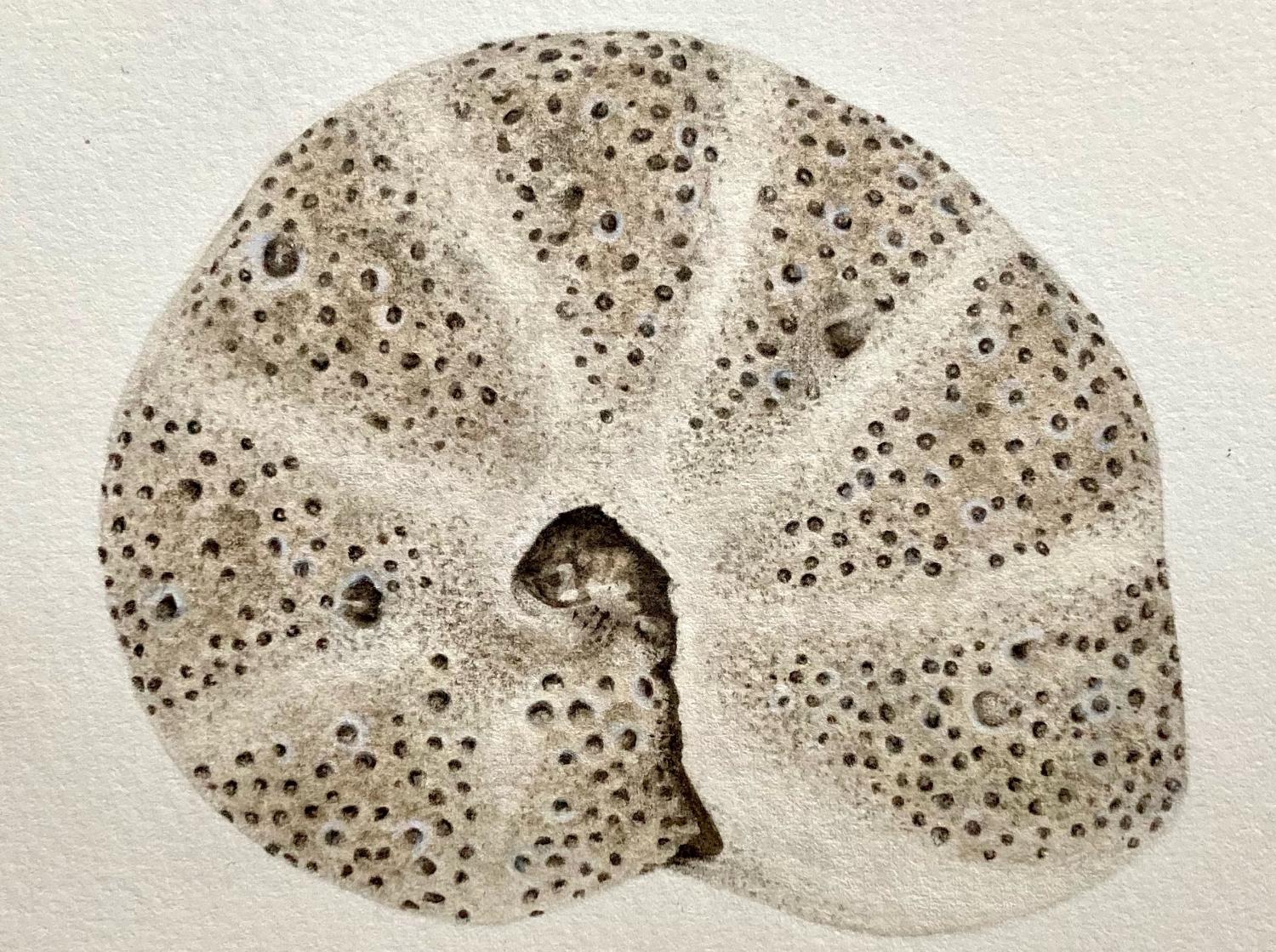UiT miljøhumaniora nettverk møte: Worlds unknown – How foraminifera and humans have coexisted for thousands of years, and how we might get better at doing so moving forward…


We are excited to invite you to the next UiT Environmental Humanities network meeting with a presentation and discussion on foraminifera, single-celled organisms that populate the Earth’s oceans, and shape and share our world in more ways than the eye can see.
Meeting Agenda
If you have been at a beach, seen the Pyramids of Egypt, hiked in the European Alps, played in a sandbox, dreamt of the Deep-Sea, or even just swam in the ocean, you have seen, walked on, touched and interacted with foraminifera, most likely without ever being aware of it. With this presentation by geologist and micropaleontologist Prof Giuliana Panieri (CAGE Center for Arctic Gas Hydrate, Environment and Climate, UiT, Project Lead: AKMA Advancing Knowledge of Methane in the Arctic), we will hear and discuss how foraminiferal assemblages have survived, shaped and archived millions of years of Earth history from the Cambrian through the Anthropocene, how we have interacted with foraminifera throughout human history, and how thinking with foraminiferal assemblages might be important for more symbiotic ways forward together in this changing world.
Relevant readings
Gupta, B.K.S. (2003). Modern Foraminifera. Springer: Dordrecht. https://doi.org/10.1007/0-306-48104-9
Dessandier, Borrelli, C., Kalenitchenko, D., & Panieri, G. (2019). Benthic Foraminifera in Arctic Methane Hydrate Bearing Sediments. Frontiers in Marine Science., 6. https://doi.org/10.3389/fmars.2019.00765
Radomska, M., & Åsberg, C.. (2021). Fathoming postnatural oceans: Towards a low trophic theory in the practices of feminist posthumanities. Environment and Planning E: Nature and Space, 251484862110285. https://doi.org/10.1177/25148486211028542
Image credits: Jane Zimmermann, limnlines.com Ecological science and fiction art